Photos: 150 sights and destinations in Italy
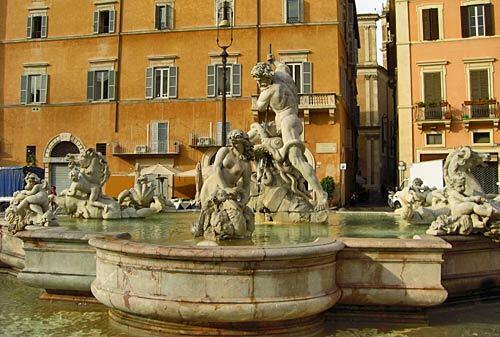
Piazza Navona
One of the largest squares in Rome, Piazza Navona is a prime spot for people watching. Flocks of tourists flow through the piazza each day to take in the shops and restaurants.
At its center is Gian Lorenzo Bernini’s Fountain of the Four Rivers, a standout among Rome’s many Baroque fountains.
Pictured: The Fontana di Nettuno, or Neptune fountain, sculpted by Giacomo della Porta sits at the northern end of the piazza. (Jason La / Los Angeles Times)
On March 17, 1861, Italy was unified and declared a kingdom under Victor Emmanuel II. In honor of this 150th anniversary, we’ve scoured Los Angeles Times travel stories, reader photos and the Web for photos of destinations across the country.

Naples and its bay on the Tyrrhenian Sea (part of the larger Mediterranean) seen from the hilltop Certosa di San Martino. (Susan Spano / For The Times)

The high Italian Baroque dome of the Chapel of St. Gennaro in the Naples Cathedral. (Susan Spano / For The Times)

Glass-domed, late 19th century Galleria Umberto I, directly across from Teatro San Carlo in Naples. (Susan Spano / For The Times)
Advertisement

Pizzeria Brandi in Naples, birthplace of the popular pizza Margherita. (Susan Spano / For The Times)

Capodimonte, a palace turned museum overlooking central Naples, home of masterpieces by Italian painters such as Masaccio, Parmigiano and Raphael. (Susan Spano / For The Times)

Palazzo dello Spagnolo, designed by Neopolitan Baroque architect Ferdinando Sanfelice around 1725. (Susan Spano / For The Times)

The Sele River plain has fertile farm fields known for artichokes and some claim the worlds best handmade, artisanal mozzarella. (Susan Spano / Los Angeles Times)
Advertisement
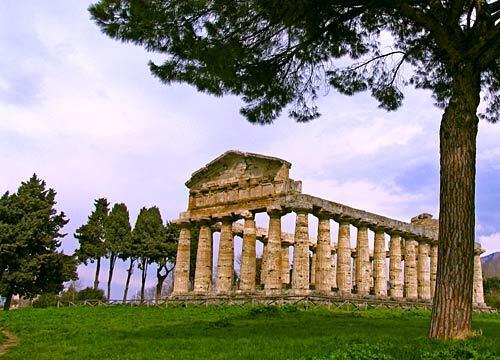
On the highest point of Paestum is the temple of Athena. The Greek colony itself was founded around 600 BC with three majestic Doric-columned temples. (Susan Spano / Los Angeles Times)

A wide avenue leads to St. Peter’s Basilica in Rome. Chaotic and captivating, the Eternal City has much to offer history, art and food lovers, despite high costs and minor hassles. (Susan Spano / Los Angeles Times)

The Colosseum is one of Rome’s most visited ancient landmarks. (The wooden walkway in the center is a modern addition.) At the site, costumed gladiators pose for pictures, and tourists can experience a new way of touring the Colosseum, called the Time Machine, which uses hand-held video monitors showing digitalized images of what the arena looked like in ancient times. (Richard Derk / Los Angeles Times)

The triumphal Arch of Titus at the Roman Forum. A bas relief on the arch shows Roman soldiers pillaging Jerusalem around AD 80. (Richard Derk / Los Angeles Times)
Advertisement

The Pantheon
One of the best-preserved buildings from ancient Rome, the Pantheon was rebuilt during the second century AD during the reign of Hadrian, emperor of Rome from 117 to 138 AD. Originally a temple to the Roman gods, the Pantheon is now used as a Christian church and is a popular tourist stop. (Jason La / Los Angeles Times)

The Trevi Fountain
Featured in Federico Felini’s “La Dolce Vita,” the Trevi Fountain is one of Rome’s grandest Baroque fountains.
Tradition holds that if you throw one coin in the fountain over your shoulder, you’ll return to Rome; two coins and you’ll find romance in Rome; three coins and you’ll marry in Rome. (Jason La / Los Angeles Times)

The Spanish Steps
Built to link the Spanish Embassy with the Holy See, the 138-step staircase ascends from Piazza di Spagna to Piazza Trinità dei Monti.
Today, the steps are a favorite spot for tourists to people watch and for amorous couples to kiss. (Jason La / Los Angeles Times)

National Monument of Victor Emmanuel II
Completed in the early 1900s, the conspicuously grand building honors unified Italy’s first king, Victor Emmanuel II.
The top steps of Il Vittoriano offers a great a panoramic view of Rome. Inside is a small museum with free admission. (Jason La / Los Angeles Times)
Advertisement

The Pyramid of Cestius is one of
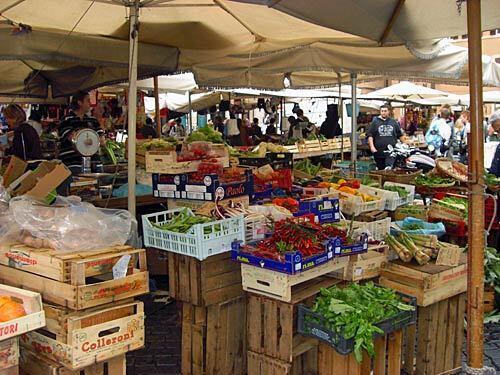
Campo de’ Fiori
One of Rome’s most picturesque piazzas, Campo de’ Fiori is lined with restaurants and shops. Mondays through Saturdays, it features a farmers market open from early morning to mid-afternoon. (Jason La / Los Angeles Times)

The Museum of the Imperial Forums in Italy. (Susan Spano / Los Angeles Times)

The interior’s lighting -- dark blue, for starters -- can get a little psychedelic, especially after the liquor kicks in. (Baxter Holmes / Los Angeles Times)
Advertisement

Two people sit on the steps of the indoor swimming pool at the Foro Italico, Il Duce’s vast health and fitness center. (Susan Spano / Los Angeles Times)
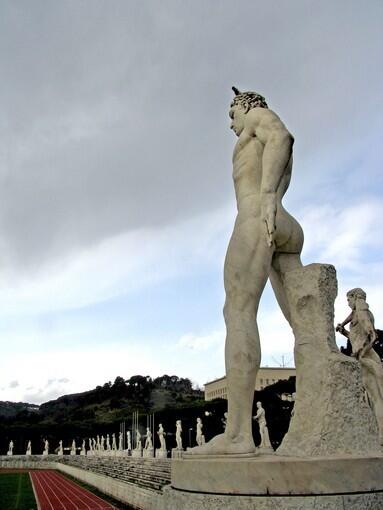
The Stadium of the Marbles at Foro Italio is surrounded by 60 statues of athletes that urge Romans to pursue physical fitness, a favorite theme of
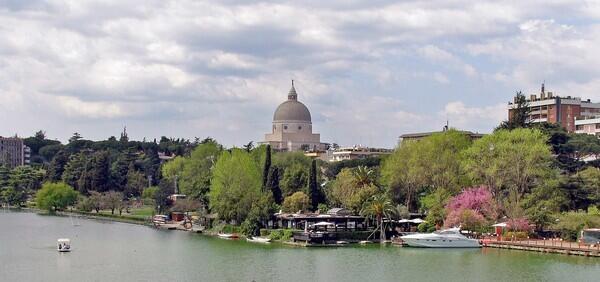
The lake and park at EUR, overlooked by the austere Fascist-era Church of Saints Peter and Paul. (Susan Spano / Los Angeles Times)

The austere, Fascist-era Church of Saints Peter and Paul, a landmark in EUR about five miles southwest of
Advertisement
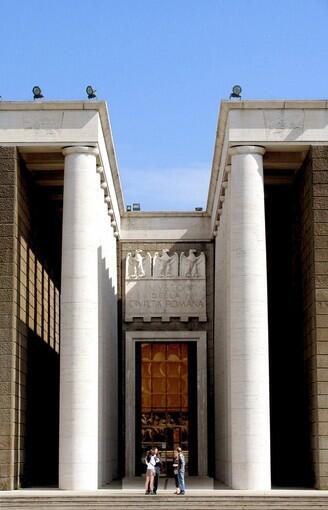
The Museum of Roman Civilization in EUR contains artifacts from the 1937, Fascist-mounted Exhibition of Augustus and Romanness, including a fascinating plaster model of Imperial Rome. (Susan Spano / Los Angeles Times)

The Palazzo della Civilta Italiana, completed in 1943, is the icon of the EUR district, about five miles southwest of

A sign identifies the villa, which was owned during Imperial Roman times by brick manufacturer Quintus Servilius Pudens. Among the treasures unearthed in Aqueduct Park are intricately worked mosaics and structural evidence of a 1st or 2nd century bathing complex. (Susan Spano / Los Angeles Times)

Rome’s museums are mounting many compelling exhibits, such as the Sebastiano del Piombo show at the Palazzo Venezia. This spring, museum offerings also include The 19th Century: From Canova to the Fourth Estate at the Scuderie del Quirinale and a show at the Museo del Corso on life and art in Rome in the 15th century. (Susan Spano / Los Angeles Times)
Advertisement

Leni, beneath Monte Fossa della Fleci, is the island’s agricultural heart, growing capers, grapes, olives and tomatoes. (Susan Spano / For The Times )

The black sand beach and sea caves at Rinella on Salina’s south coast. Sicily is usually visible on the horizon. (Susan Spano / For The Times)

The church on the main piazza in Malfa, Salina’s biggest town, serves as a backdrop for a sunny cafe. (Susan Spano / For The Times)

The temple at Segesta, thought to date from the 5th century BC, was built by the ancient Elymians, whose language and origin remain a mystery. (Susan Spano / For The Times)
Advertisement

The ruins of Selinunte, a Greek colony founded in the 8th century BC, on the southwest coast of Sicily.
Read more: Western Sicily, where centuries and cultures converge (Susan Spano / For The Times)
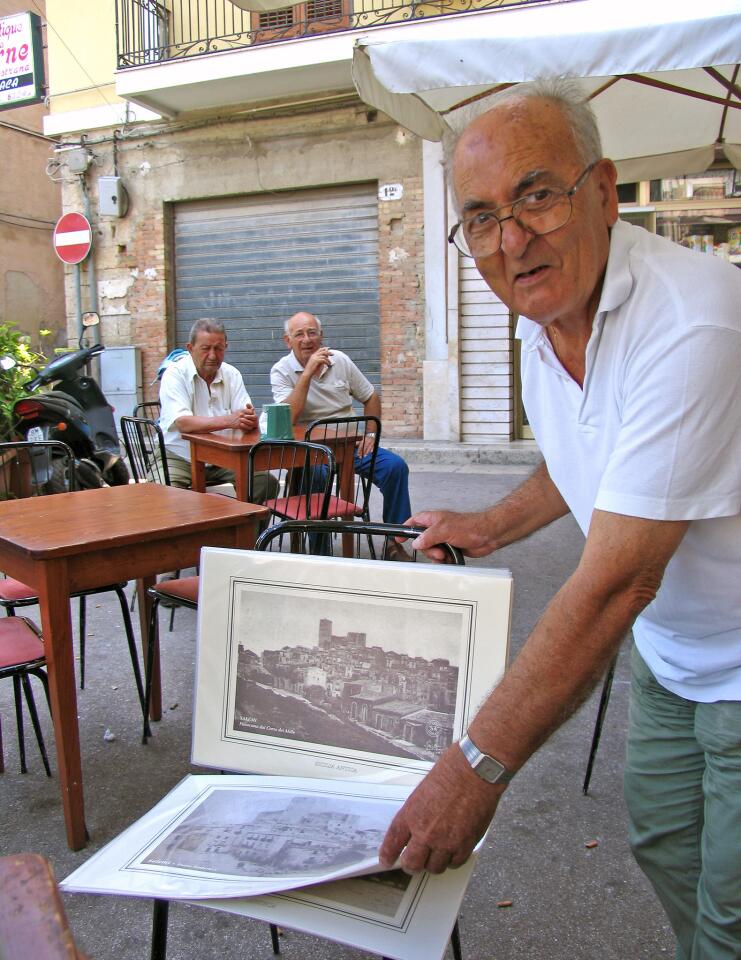
A merchant offers souvenir pictures in the Piazza Liberta in Salemi. (Susan Spano / For The Times)
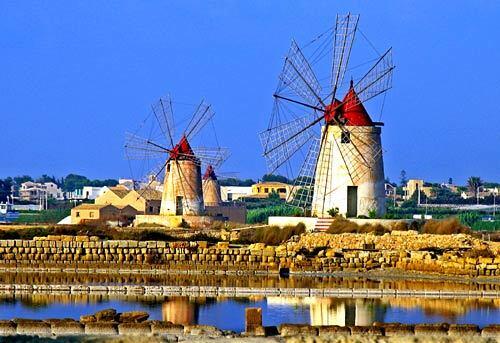
Windmills on salt flats north of Marsala are turned by the North African sirocco. (Susan Spano / For The Times)
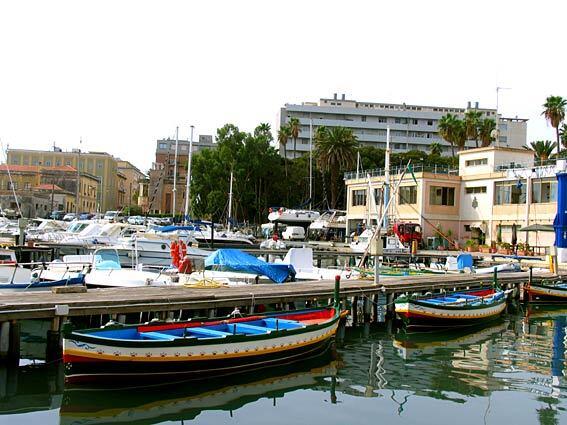
The harbor by Ponte Umbertino, connecting modern Syracuse to Otygia Island, where Green settlers from Corinth founded the city in 733 B.C. (Susan Spano / Los Angeles Times)
Advertisement

Santa Lucia alla Badia on Ortygia Island’s Piazza Duomo. (Susan Spano / Los Angeles Times)

Sunbathing on a spit off Ortygia Island. (Susan Spano / Los Angeles Times)

The extraordinary Greek theater in Syracuse, inaugurated in 476 B.C. with a debut of “Women of

The new town of Ragusa, seen from the old town Ragusa Ibla, destroyed by an earthquake in 1693 and rebuilt in Baroque style. (Susan Spano / Los Angeles Times)
Advertisement

Among the alleyways of Ragusa Ibla. (Susan Spano / Los Angeles Times)

Ragusa Ibla’s Cathedral of San Giorgio, an elegant confection designed in 1744 by Sicilian architect Rosario Gagliardi. (Susan Spano / Los Angeles Times)
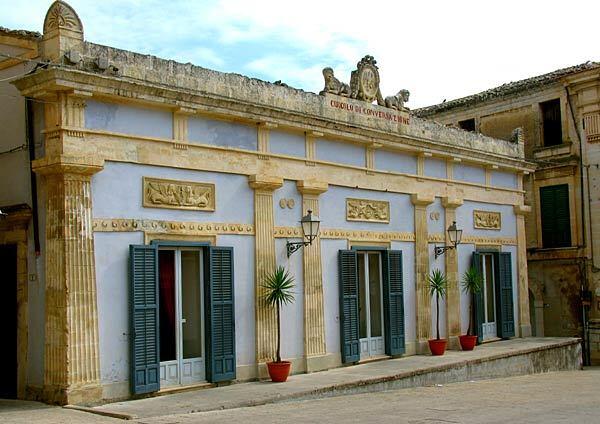
The Circolo di Conversazione, a private club, is a Neoclassical addition to Baroque Ragusa. (Susan Spano / Los Angeles Times)

Ragusa’s San Giuseppe Church on Piazza Pola has a floor made of locally mined black asphalt. (Susan Spano / Los Angeles Times)
Advertisement

Sunday afternoon on the piazza in Noto, another Baroque gem in southeastern Sicily. (Susan Spano / Los Angeles Times)

A relief in the historic center of Catania, Sicily’s second largest city, underneath Mount Etna. (Susan Spano / Los Angeles Times)

The Cathedral of St. Agata, Catania’s Baroque Duomo, sits across from the fish market on a piazza that is a UNESCO World Heritage Monument. (Susan Spano / Los Angeles Times)
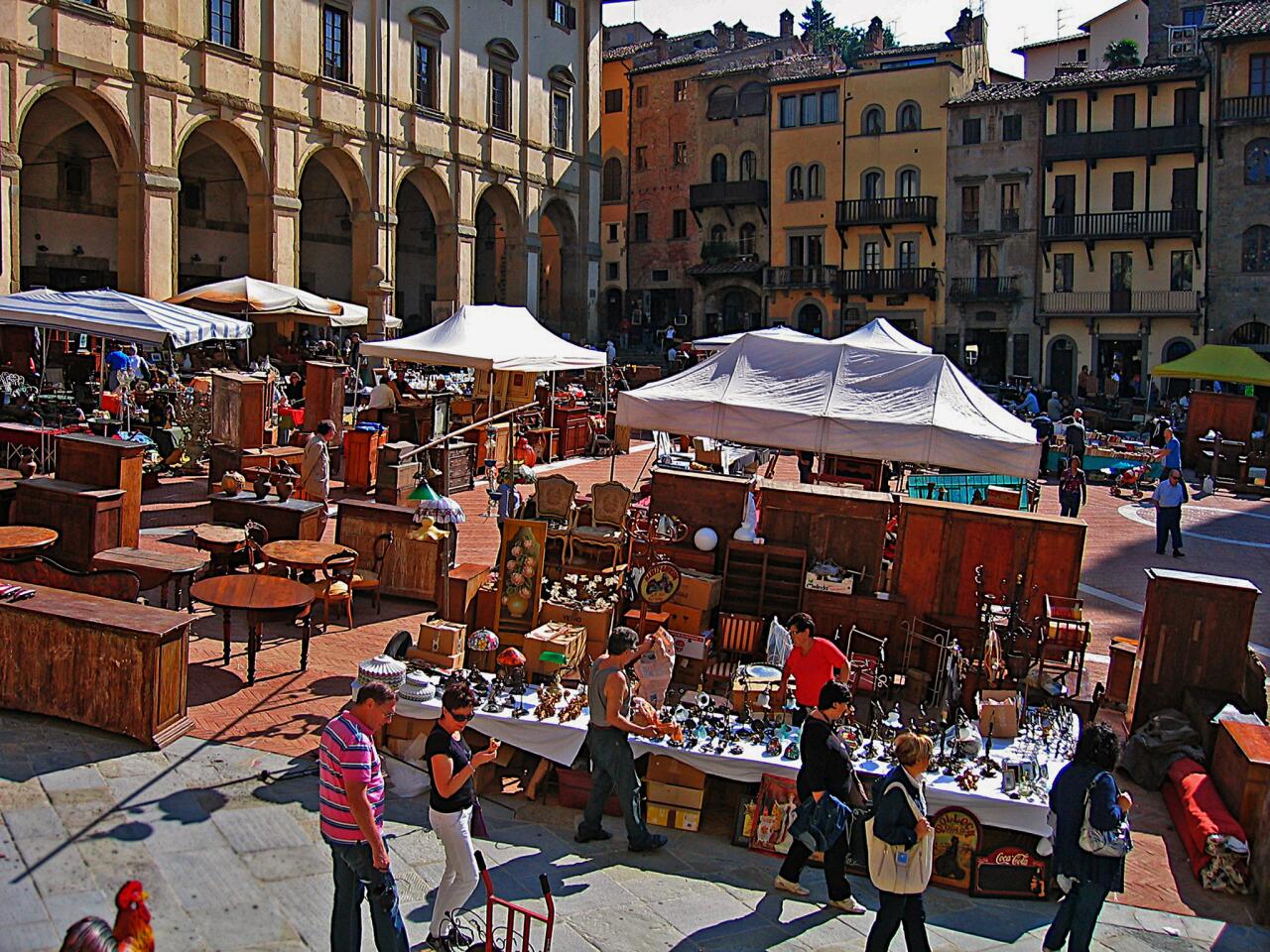
BUYER’S MARKET: Five hundred vendors display their wares in Arezzo’s central square, a haven for antiques shoppers that is 40 miles from Florence, Italy. (Laura Deutsch / For The Times)
Advertisement

The Archiginnasio Library Courtyard at the University of Bologna. The school is the oldest continually operating university in the world. (Comune di Bologna / Emilia-Romagna Tourist Authority)

Milan’s “Golden Triangle” luxury shopping district. (Wally Skalij / Los Angeles Times)
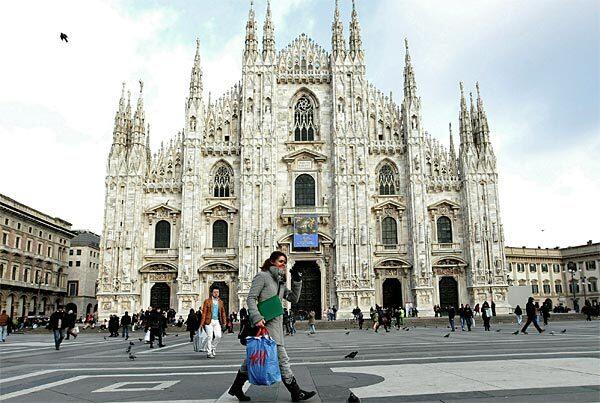
Milan’s Duomo is one of the largest churches in the world. (Vittorio Zunino Celotto / Getty Images)

A model wears a design from the Bottega Veneta fall 2011 collection.
Read more about Milan Fashion week in All the Rage, The Times’ fashion blog. (Jonas Gustavsson and Peter Stigter / For The Times)
Advertisement

The view along the Rio Malpaga near the Campo San Barnaba is classic Venice: bridges, boats and colorful ancient buildings. The small campo, or paved square, is one of dozens hidden among the tangled streets of Venice. Each campo is the hub of its own little universe, where all the necessities of life are available, from religion to pasta. (Susan Spano / Los Angeles Times)

In the Campo San Barnaba, the 18th century church of the same name is somewhat forlorn. Deconsecrated and emptied of its best art, it is now an exposition space, currently hosting a show on the whimsical machinery designs of

The Bridge of Sighs, which spans the Rio di Palazzo and features windows with stone bars, leads to the Doges Palace. The view from the enclosed bridge was the last sight of
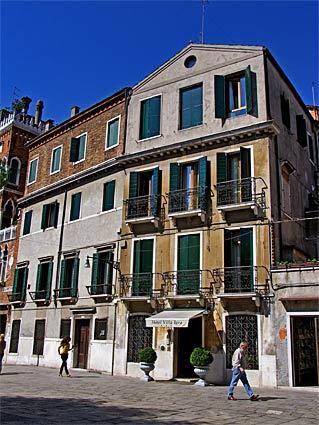
The Hotel Villa Igea fronts the Campo San Zaccaria. Just across the square is the Renaissance Church of San Zaccaria. This campo is small and dignified, less a neighborhood living room than a thoroughfare for people headed to the vaporetto stop at the waterfront promenade of Riva degli Schiavoni. (Susan Spano / Los Angeles Times)
Advertisement
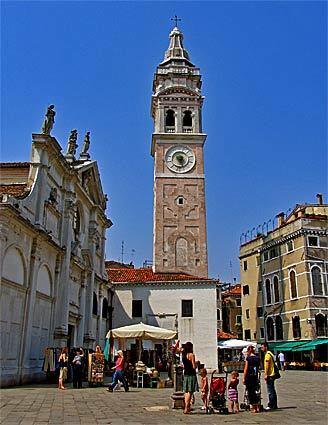
The Campo Santa Maria Formosa is busy with all matter of items for sale, even on a sun-baked summer day. The campo is home to one of
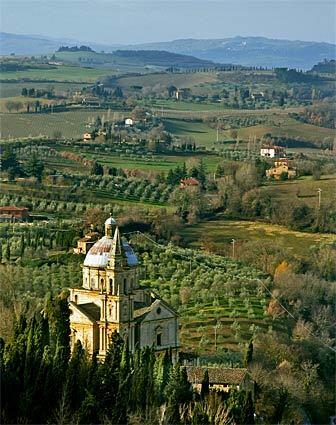
The Church of San Biagio beneath the walls of Montepulciano, a hill town about 50 miles southeast of Siena in the Tuscany region of Italy. (Susan Spano / Los Angeles Times)

The Tuscan countryside, between winter storm fronts. (Susan Spano / Los Angeles Times)

The west façade of Siena’s Duomo, in the background at right, is a Gothic structure that was designed chiefly by Nicola Pisano and his son Giovanni. (Susan Spano / Los Angeles Times)
Advertisement

Jacopo della Quercia’s Fountain of Joy, dating from 1419, in Siena’s campo. (Susan Spano / Los Angeles Times)

Among the vineyards at Tenuta Valdipiatti, a winery near Montepulciano, is an abandoned farmhouse on the winery property. (Susan Spano / Los Angeles Times)

Mt. Vesuvius looms above Naples, Italy. (Ciro Fusco / EPA)

A float depicting Prime Minister



